Do you notice your Audi A6 stalling on acceleration, running roughly when idling, or losing power driving uphill? It doesn’t necessarily mean anything’s wrong with your engine—it might just be a plugged fuel filter. And the good news is? You don’t have to drop it off at a repair shop.”
Replacing the fuel filter in your Audi is a surprisingly doable procedure, even for a novice.
Now let’s get on to how you can provide your Audi with a breath of fresh fuel flow.
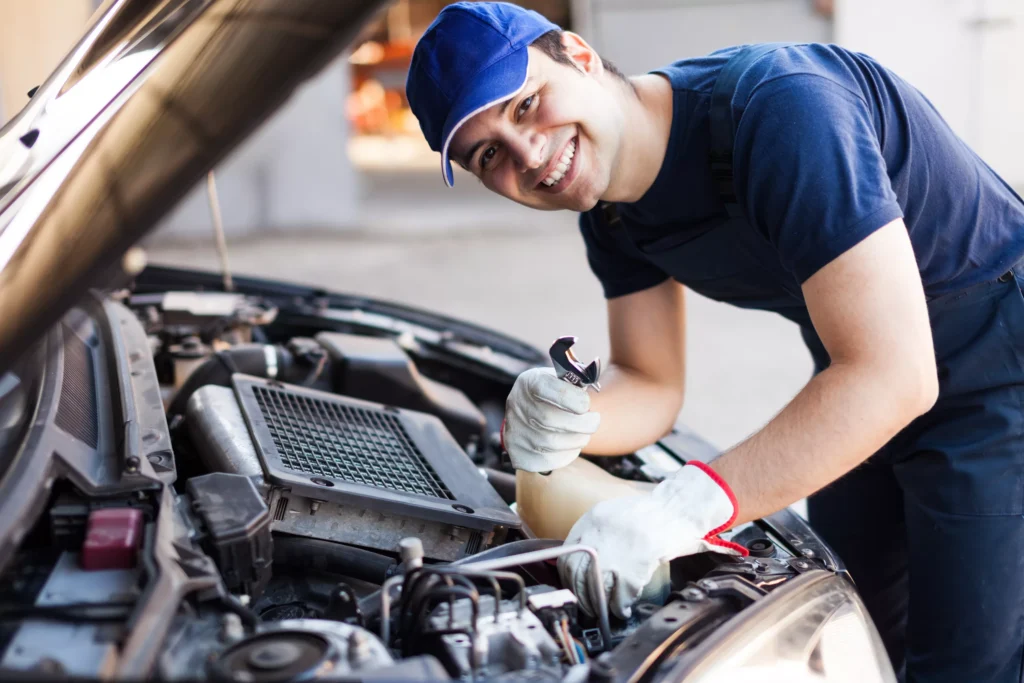
https://youtu.be/MGHoLYGM7rc
What Does an Audi A6 Fuel Filter Do, and Why Replace It?
The fuel filter is a checkpoint security for your engine, trapping dust, rust, and debris before they hit your fuel injectors. Your Audi loses performance, gas mileage, and even engine life once it plugs up over time.
Signs your fuel filter needs replacing:
-
Trouble starting
-
Engine misfires or sputters
-
Poor fuel economy
-
Loss of power during acceleration
Tools and Supplies You’ll Need
-
Replacement fuel filter (specific to your Audi model)
-
Safety gloves and goggles
-
Jack and Jack stand
-
Flathead screwdriver
-
Wrench set or socket set
-
A container to catch fuel
-
Rags or shop towels
-
New hose clamps (optional but recommended)
Always work in a well-ventilated area and avoid open flames or smoking—you’re working with gasoline.
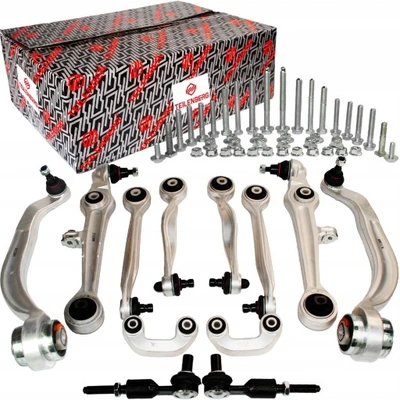
Step-by-Step: How to Change the Fuel Filter on an Audi
The fuel filter is a checkpoint security for your engine, trapping dust, rust, and debris before they hit your fuel injectors. Your Audi loses performance, gas mileage, and even engine life once it plugs up over time.
Step 1: Relieve Fuel System Pressure
-
Locate the fuel pump fuse (check your owner’s manual).
-
Start the engine and remove the fuse while it’s running—this will stall the engine and relieve pressure in the fuel line.
-
Turn off the ignition and remove the key.
Step 2: Jack Up the Vehicle
-
Use a jack to lift the rear of your Audi and secure it with jack stands.
-
The fuel filter is typically located under the car, near the fuel tank or along the frame rail.
Step 3: Locate the Fuel Filter
-
It looks like a small metal or plastic canister with two or three fuel lines connected to it.
-
Clean the area around the filter to prevent dirt from entering the fuel system.
Step 4: Disconnect the Fuel Lines
-
Place a container beneath the filter to catch any leaking fuel.
-
Use a screwdriver or appropriate tool to loosen the hose clamps or fuel line clips.
-
Carefully pull the fuel lines off the old filter. Some fuel may spray—have rags ready.
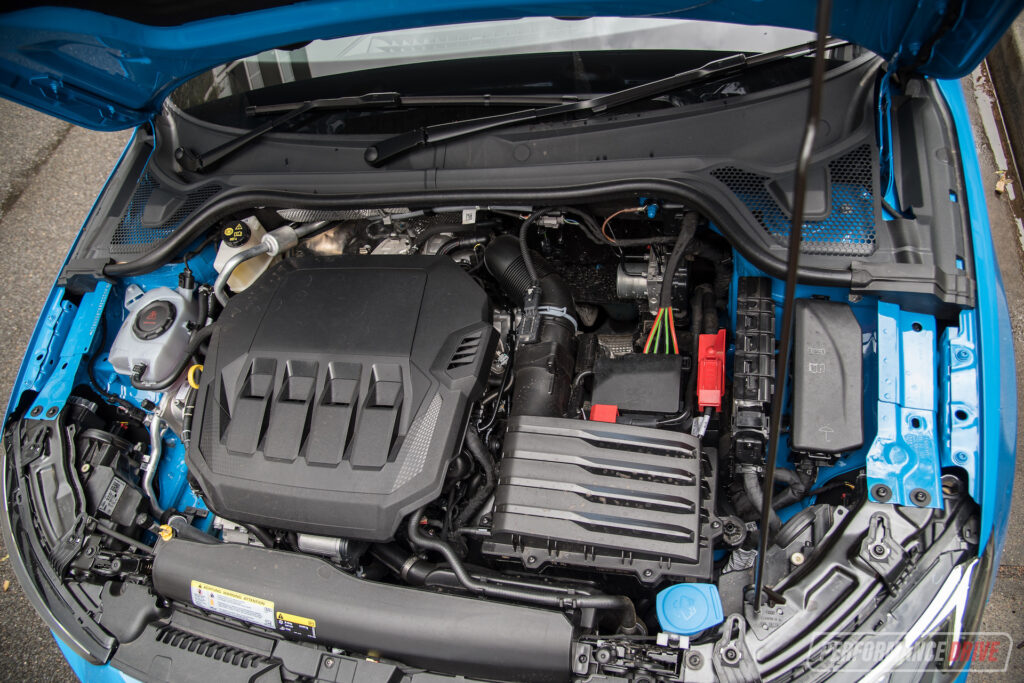
Step 5: Remove the Old Filter
-
Unbolt or unclip the fuel filter from its mounting bracket.
-
Take note of the direction of flow (an arrow is often printed on the filter body).
Step 6: Install the New Fuel Filter
-
Position the new filter with the same flow direction.
-
Reconnect the fuel lines and tighten them securely. Replace old clamps if needed.
-
Bolt or clip the new filter into place.
Step 7: Reinstall the Fuel Pump Fuse
-
Reinsert the fuel pump fuse.
-
Turn the ignition to the “on” position (without starting) to prime the fuel system and check for leaks.
-
If everything looks good, start the engine.
Pro Tips
-
Double-check compatibility when buying your filter—Audi uses different types for different engines.
-
Always wear gloves and eyewear—fuel is hazardous.
-
Dispose of the old fuel and filter at a proper recycling center.
Final Check: Listen and Drive
After starting the engine, let it sit for a few minutes and look for leaks around the filter. Drive your Audi around for a little while and see the difference—smoother acceleration, cleaner idle, and a more responsive engine are all good signs.
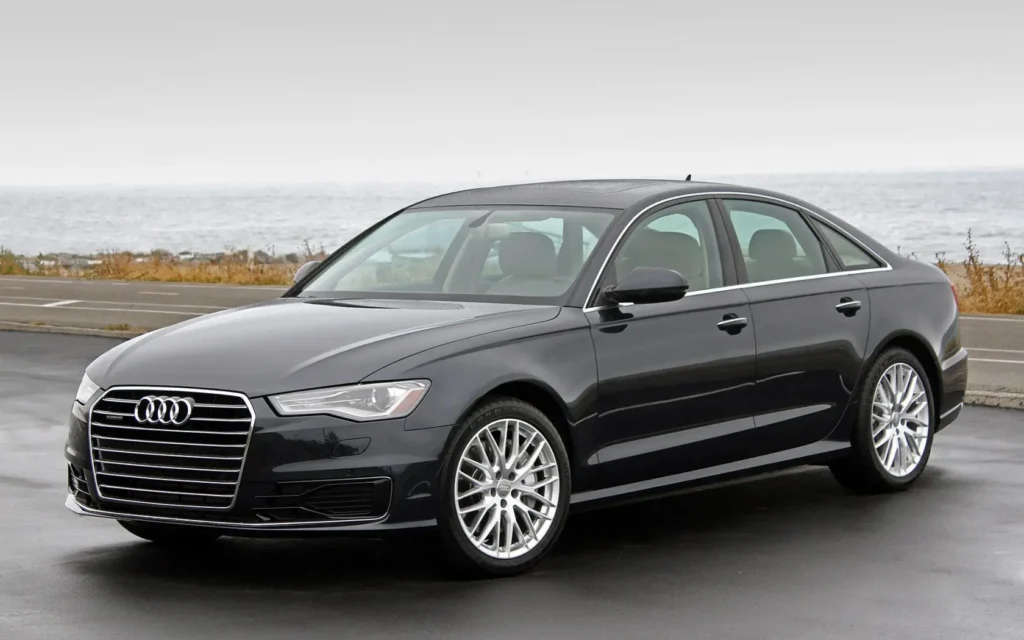
Understanding Where Your Fuel Filter Lives
Different Audi models have different fuel system layouts. Here’s where you’ll likely find the fuel filter based on the model:
-
A4 (B6/B7/B8): The fuel filter is typically located underneath the vehicle, near the rear passenger side.
-
A6/A8: Often integrated near or inside the fuel tank; some models have serviceable inline filters, while others have them built into the fuel pump.
-
Q5 / Q7: Newer SUVs often come with a non-serviceable in-tank fuel filter. These require professional tools or full pump replacement.
-
TT: The fuel filter is generally mounted along the underside, accessible after lifting the car.
Fuel Filter vs Fuel Pump: Don’t Get Confused
It’s important to understand the difference between the fuel filter and the fuel pump:
-
The fuel filter cleans debris before fuel reaches the engine.
-
The fuel pump pushes fuel from the tank to the engine.
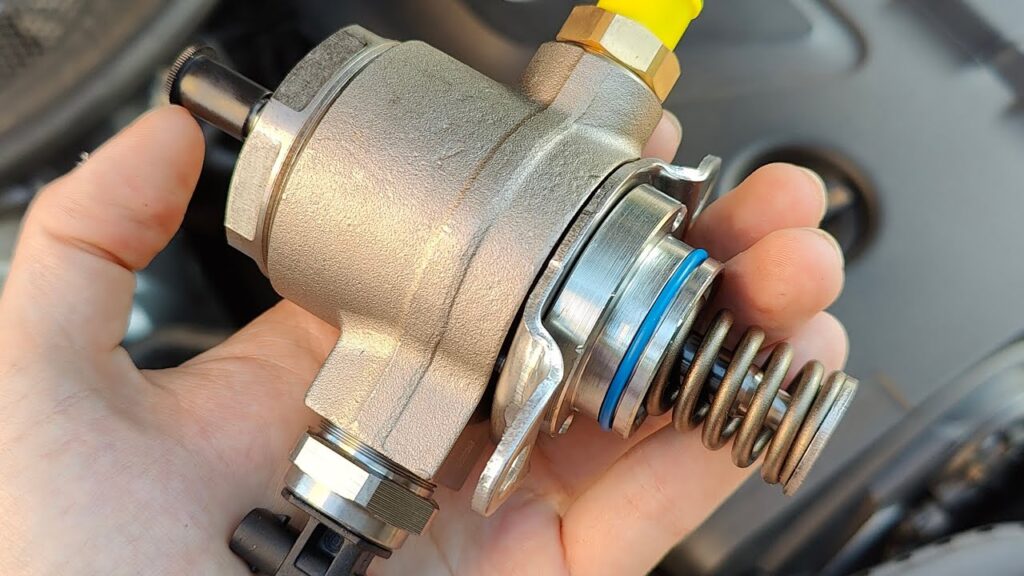
Safety Precautions You Should Never Skip
-
Never work on your fuel system indoors without excellent ventilation.
-
Avoid any open flames, cigarettes, or sparks—even static electricity can ignite fuel vapors.
-
Always disconnect the battery before starting work to prevent accidental sparks.
-
Use fuel-rated gloves and eye protection—gasoline is a skin and eye irritant.
-
Clean up spills immediately, and never let fuel drip onto hot surfaces like exhaust systems.
What Does It Cost to Replace an Audi Fuel Filter?
-
DIY replacement: $15–$60 for the part, plus your time.
-
Mechanic/shop replacement: $120–$300, depending on labor and model.
Conclusion
If it is a matter of keeping your Audi performing well, being reliable, and overall in good condition, replacing the fuel filter isn’t routine maintenance. You will be saving your garage hundreds of dollars and letting your engine breathe easily for the effort and expense of an evening on the town. This project is a great way to get started with do-it-yourself projects, and your Audi will thank you every time you press the gas pedal, so it doesn’t matter if you’re a seasoned pro or a novice.
FAQS
Q1: How do I know if my Audi’s fuel filter needs to be changed?
A: Engine stalling, rough idle, poor acceleration, lower-than-average fuel economy, and misfiring engines are all common symptoms. The fuel filter may be clogged if your Audi is sluggish or struggling under load.
Q2: Can I change the fuel filter myself, or do I need a mechanic?
A: If your Audi has an external fuel filter and you’re not afraid to get dirty and work safely, it’s a good do-it-yourself job. However, if it’s internal or you’re unsure, it’s best to hire an expert.
Q3: What happens if I don’t replace my fuel filter?
-
Reduced fuel flow
-
Engine hesitation or stalling
-
Damage to the fuel pump
-
Poor fuel economy
-
Expensive repairs if debris enters the engine










